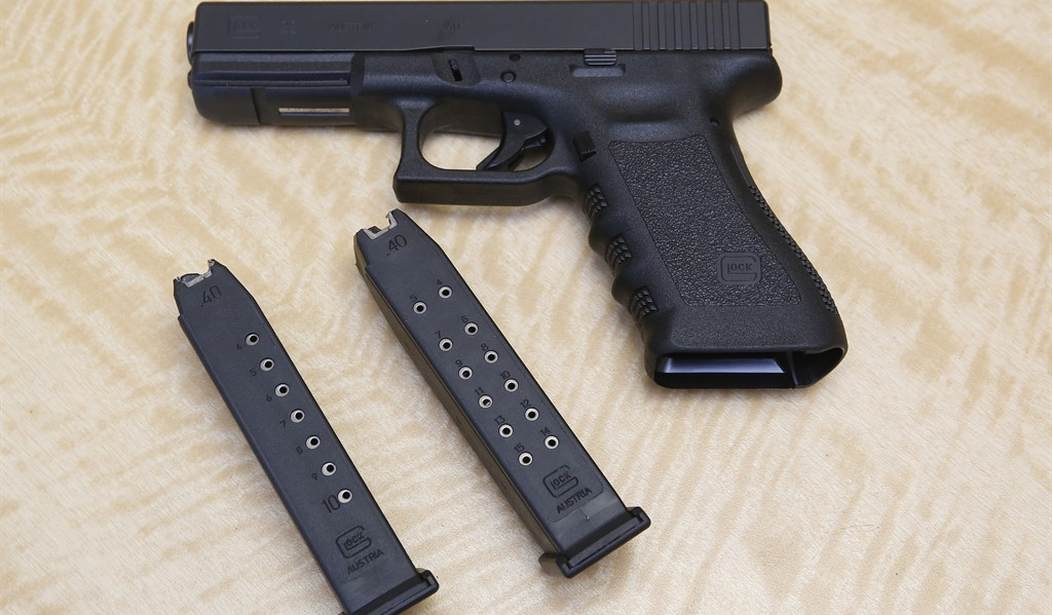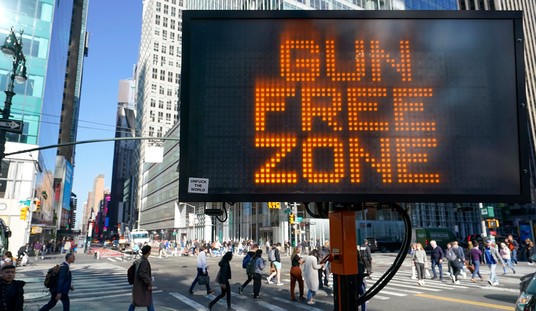The attorneys general of 25 states have filed an amicus brief with the Ninth Circuit Court of Appeals urging the court to uphold U.S. District Judge Roger Benitez’s decision striking down California’s ban on so-called large capacity magazines. The brief is among a half-dozen that were filed in Duncan v. Bonta just before the new year, with Idaho Attorney General Raul Labrador and Montana AG Austin Knudsen the chief signatories to the document. The pair are joined by the attorneys general of Alabama, Alaska, Arkansas, Florida, Georgia, Indiana, Iowa, Kansas, Kentucky, Louisiana, Mississippi, Missouri, Nebraska, New Hampshire, North Dakota, Ohio, Oklahoma, South Carolina, South Dakota, Texas, Virginia, West Virginia, and Wyoming in arguing that “Saint” Benitez got it right when he rejected the magazine ban as a violation of the Second Amendment.
The district court appropriately recognized that California’s 10- round ammunition-capacity limit “denies a citizen the federal constitutional right to use common weapons of their own choosing for self-defense.” Duncan, 2023.
Sections 32310(a) and 16740 criminalize magazines that come standard in some of the most popular firearms in America. One estimate puts the number of these magazines in circulation in the United States at over 500 million. They’re clearly in common use and neither dangerous nor unusual.
Gun control advocates were able to get New Jersey AG Matthew Platkin and Massachusetts Attorney General Andrea Campbell to author their own brief in support of California’s magazine ban (signed by 18 other AGs), but Labrador and Knudsen (along with their colleagues) point out that Platkin, Campbell, nor California Attorney General Rob Bonta have been able to identify any longstanding national tradition that approaches California’s prohibition on magazines that can accept more than ten rounds.
It makes no difference for purposes of the analysis whether an individual uses more than 10 rounds for self-defense. Any time an individual uses a firearm containing a banned magazine for self-defense—whether or not a shot is fired—that individual is using that magazine for self-defense.
Firearms with a capacity of greater than 10 rounds existed during the founding era and were widespread during the ratification. Thus, the purported historical analogues that Massachusetts offers, including restrictions on the storage of gunpowder during the colonial era and restrictions on magazine capacity during the 1920s and 1930s, are unhelpful to California’s case under Bruen’s history-and-tradition framework.
An 18th century law limiting the amount of gunpowder that could stored in one location to no more than thirty pounds isn’t anywhere close to a modern-day prohibition on a detachable magazine that can hold more than ten rounds of ammunition. The earlier measure was more as a protection against fire than firearms, but that is indeed about the closest analogy that the defenders of California’s ban could come up with. Any laws dealing specifically with capping the number of rounds that could be fired from a particular gun didn’t come into existence until the late 20th century, which Judge Benitez and the pro-2A AGs rightfully dismiss as far too late to be relevant to California’s case.
A prior panel on this case aptly explained that “[f]irearms or magazines holding more than ten rounds have been in existence—and owned by American citizens—for centuries. Firearms with greater than ten round capacities existed even before our nation’s founding, and the common use of [large-capacity magazines] for self-defense is apparent in our shared national history.”
These magazines facilitate armed self-defense—which is the core component of the Second Amendment.The district court cited a comprehensive study showing that American gun owners use firearms in self-defense roughly 1.7 million times every year. Another study from the Centers for Disease Control puts that number as high as 3 million.
Massachusetts tries to distinguish between common “use” and common “ownership.” The district court rightly rejected this argument as inconsistent with Heller. Instead, “[c]onstitutional protection is afforded to weapons ‘typically possessed by lawabiding citizens for lawful purposes,’ focusing on typicality and possession rather than frequency of firing.”
California’s own expert witness reported that sometimes an individual needs more than 10 rounds to defend his or her home or family. But that’s only part of the equation. As discussed above, nearly half of gun owners possess magazines with capacities over 10 rounds. And there are likely hundreds of millions of those magazines in circulation—many used in popular firearms such as the Glock 17. So when someone uses a firearm in self-defense, whether to fend off an intruder in the middle of the night or a grizzly bear in the middle of nowhere, there’s a good chance that individual is “using” a magazine with more than 10 rounds. The same is true when individuals use firearms as a deterrent in self-defense situations without firing a shot. The “use” of the firearm isn’t limited to firing the weapon. The district court analogized this to wearing a seatbelt in case of collision or using a reserve canopy on a parachute. Firing a weapon in self-defense—one time or fifteen times—is always a worst-case scenario. Fortunately, the Second Amendment protects the right of citizens to adequately prepare themselves for those contingencies.
The Second Amendment protects that right, but the Ninth Circuit hasn’t issued a final ruling that respects the right in the fifteen years since the Heller decision was handed down. I suspect that streak may actually come to an end this year, but I’m not sure that Duncan is going to be the case that upends decades of the appellate court’s disdain for the right to keep and bear arms. Of the competing briefs from the vast majority of attorneys general around the country, I’d say that the plaintiffs have a much stronger argument, but that doesn’t mean the Ninth Circuit panel won’t twist itself into knots trying to justify California’s ban on commonly-owned arms in the near future.








Join the conversation as a VIP Member